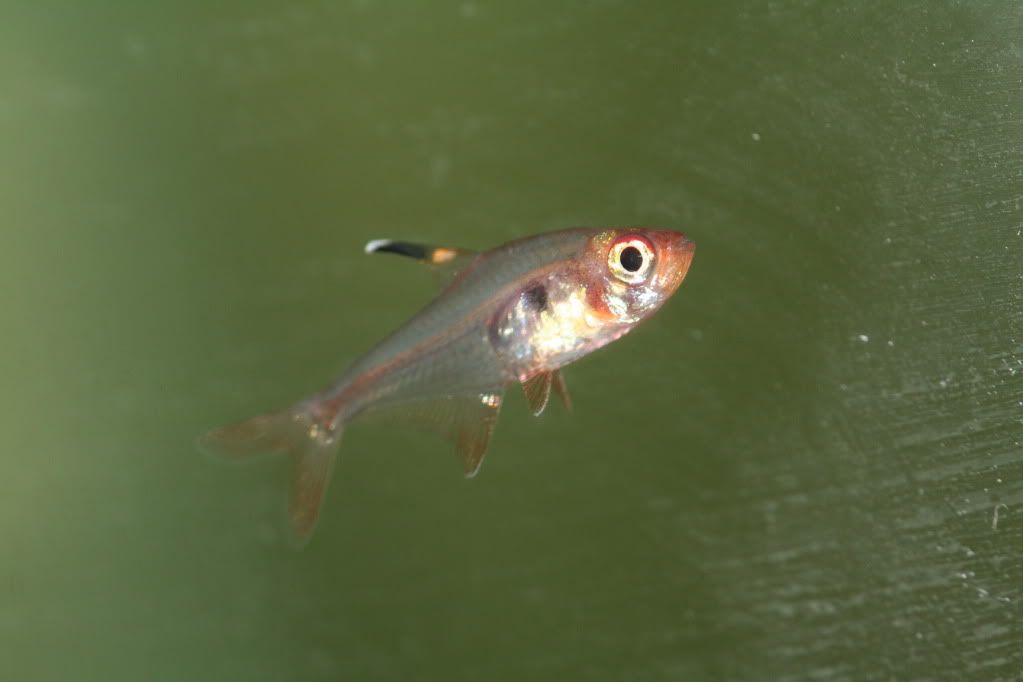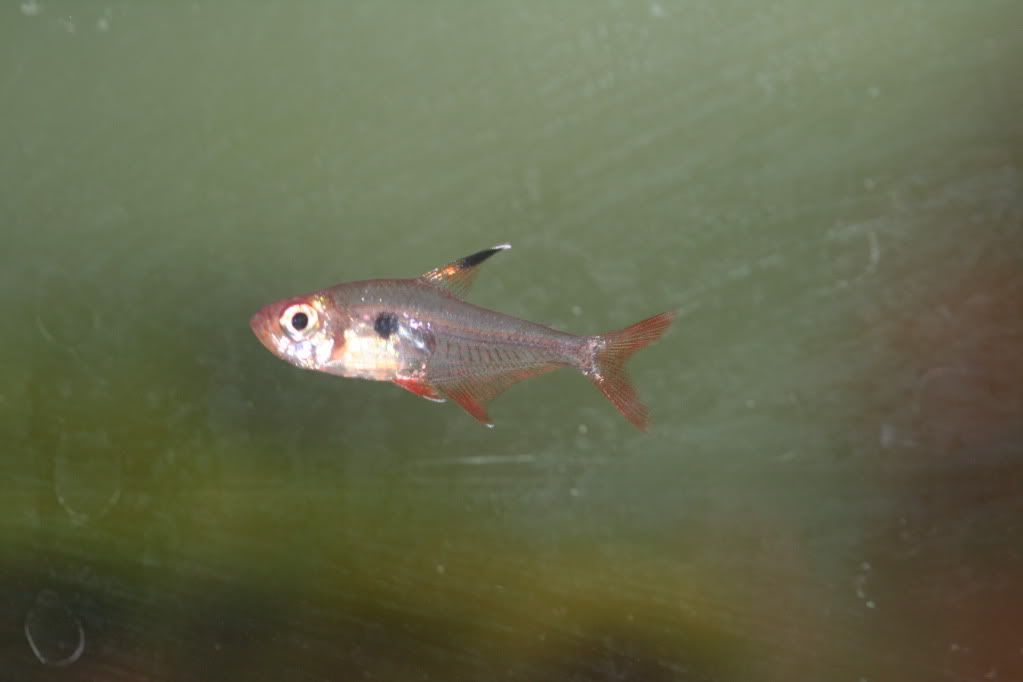- Messages
- 1,809
- Location
- Richfield, WI
Apisto. "cruzi" Peru (pending a proper I.D. from Mike Wise!!!) You can see how these ae not the same fish as the sp. Melgar I also brought in.
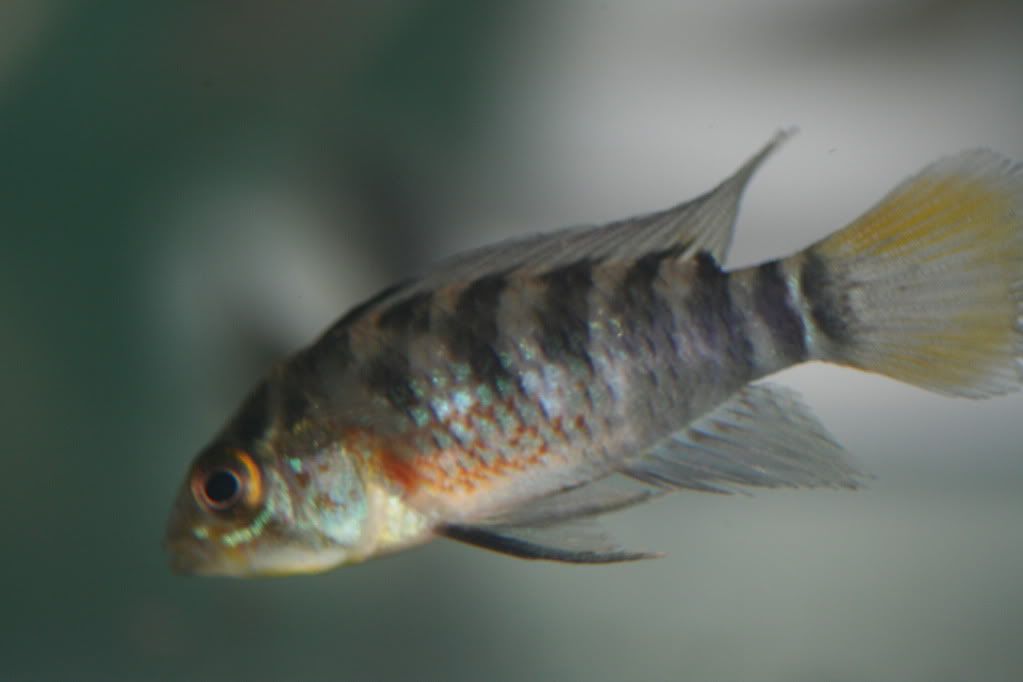
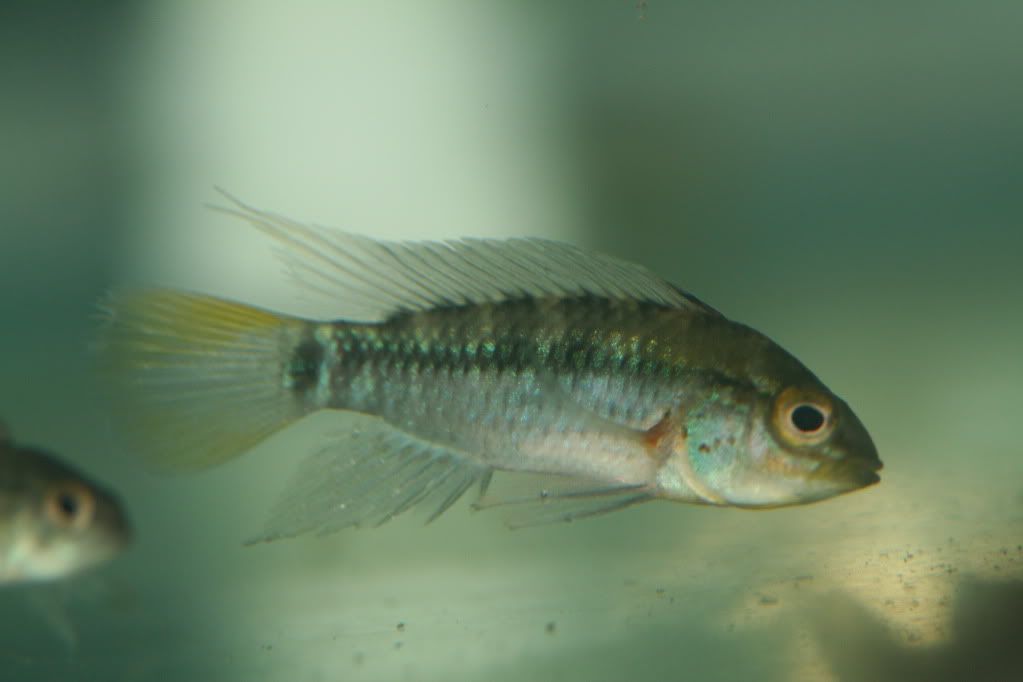

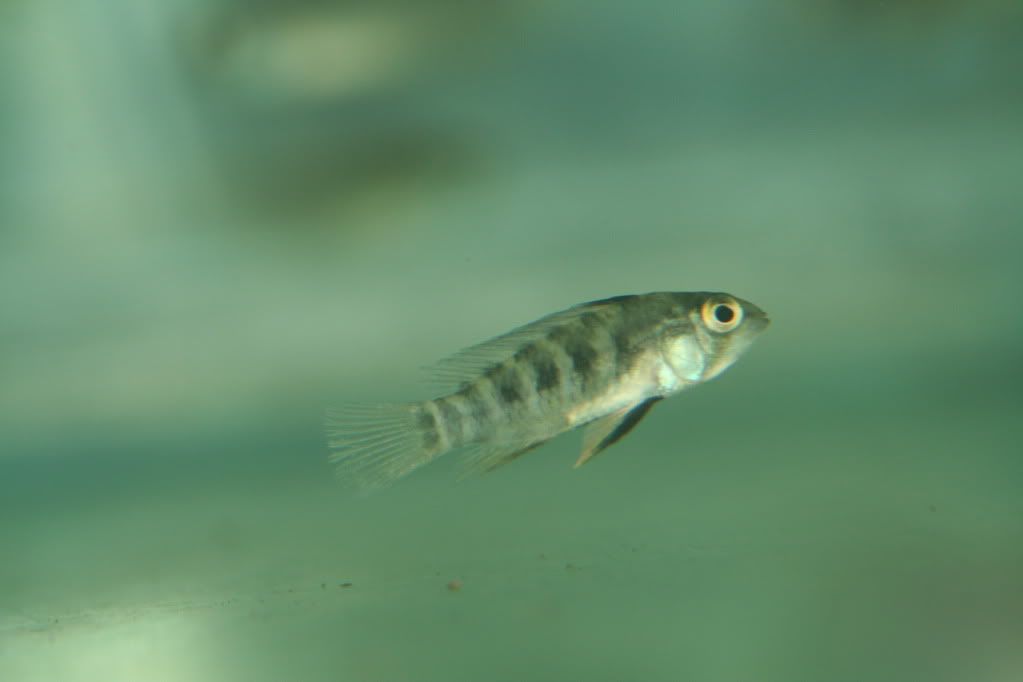









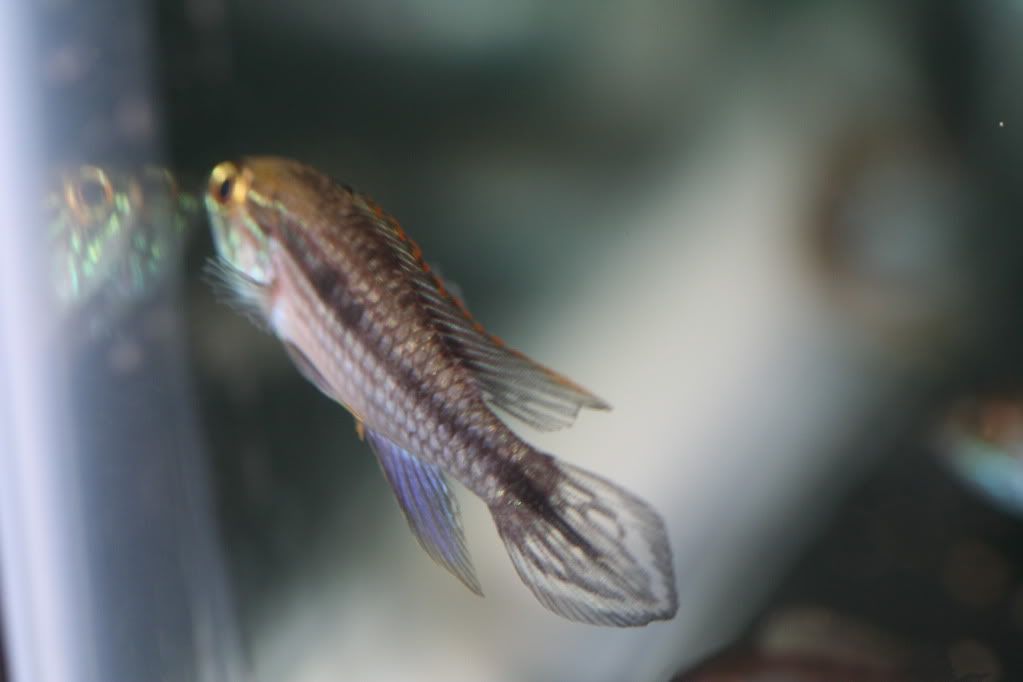
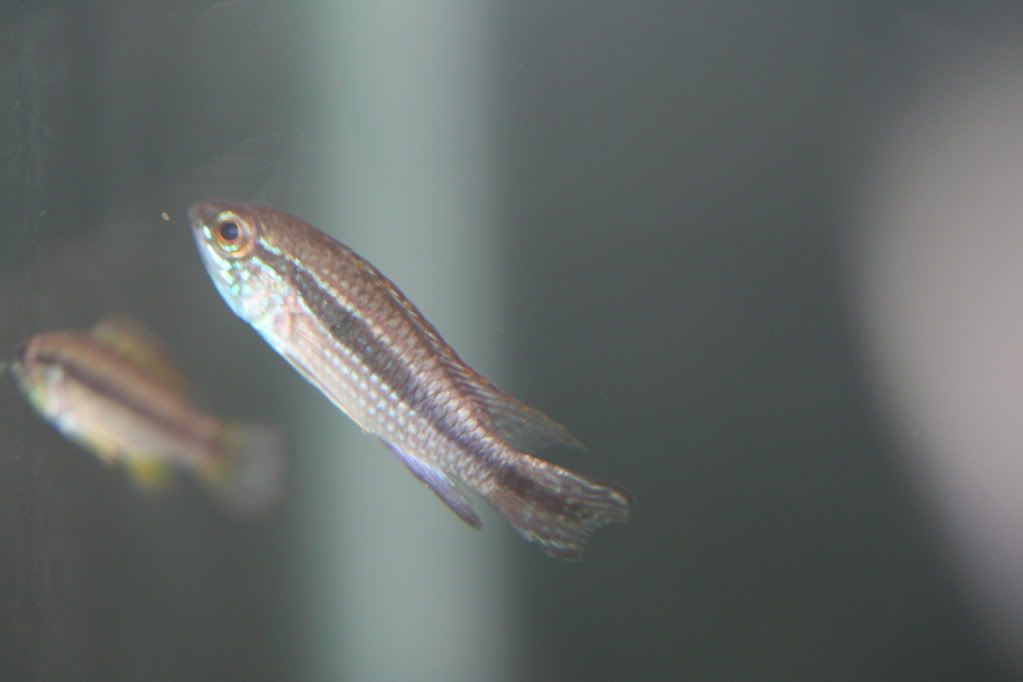
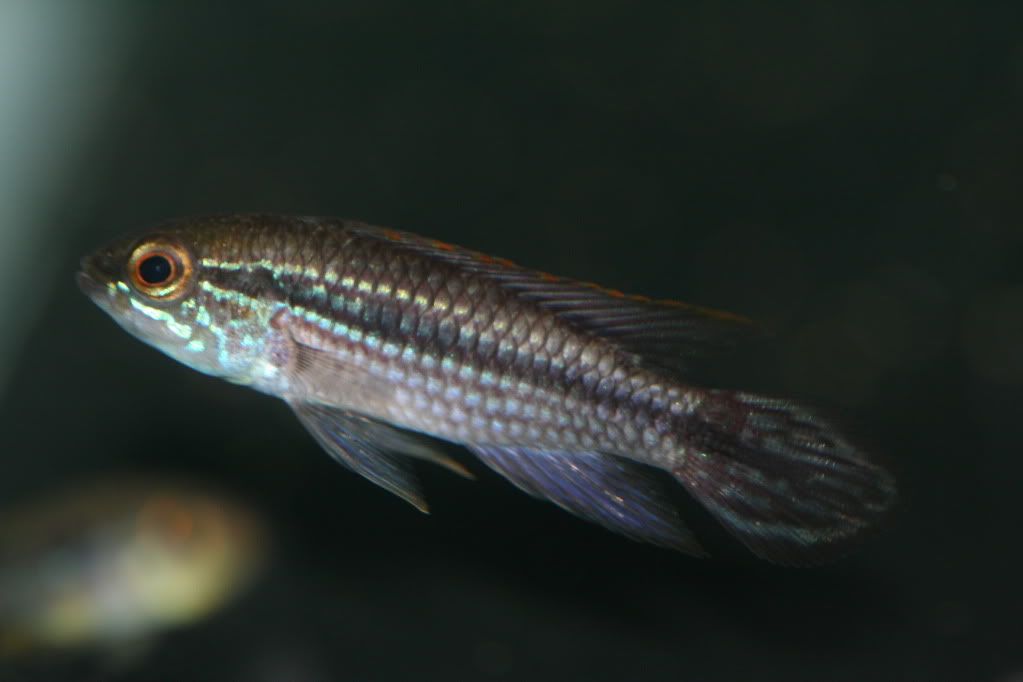

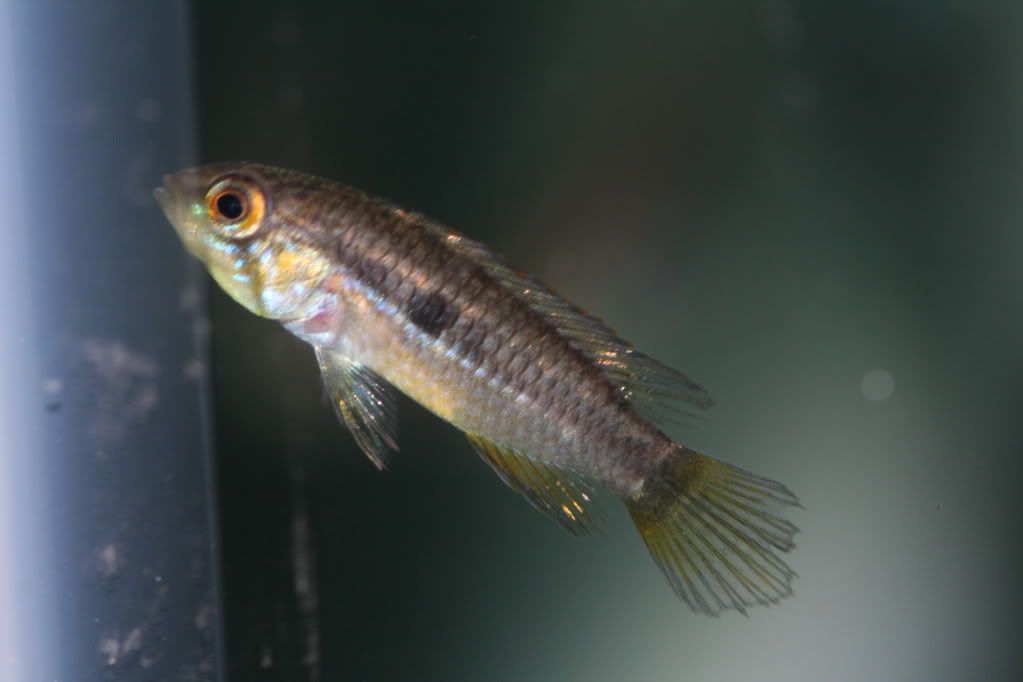

That's a real shame. The batch you sent me is turning out quite well, and a few more would've been a welcome addition....The Dicrossus were all DOA...
Great! Thanks Mike.
What seperates/distinguishes A232 (cf. gephyra Rio Curua) from cf. agassizii Net? I can NEVER seem to tell an agasizii/cf. agassizii from the gephyra/cf. gephyra!
